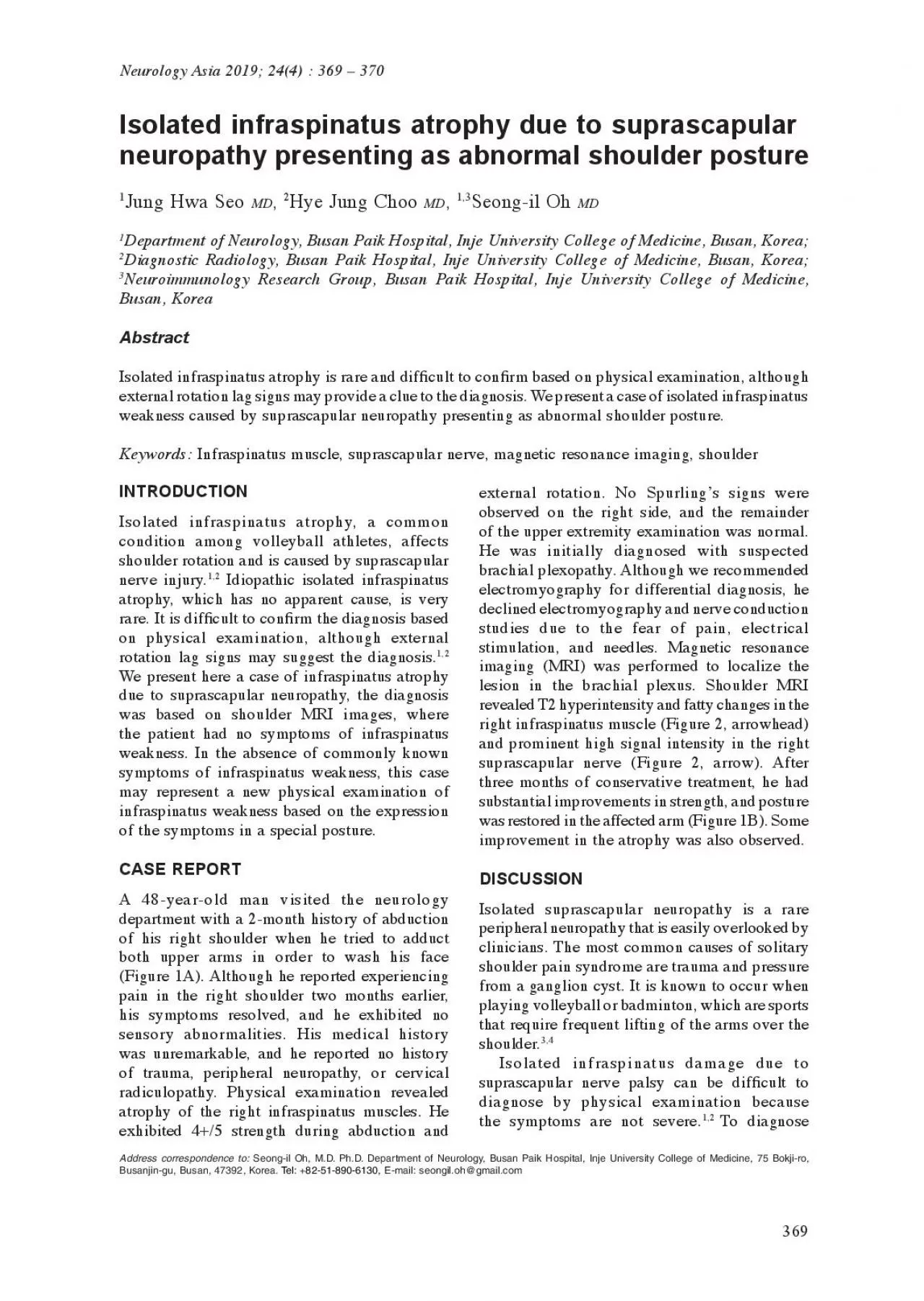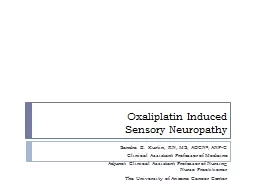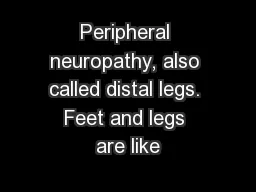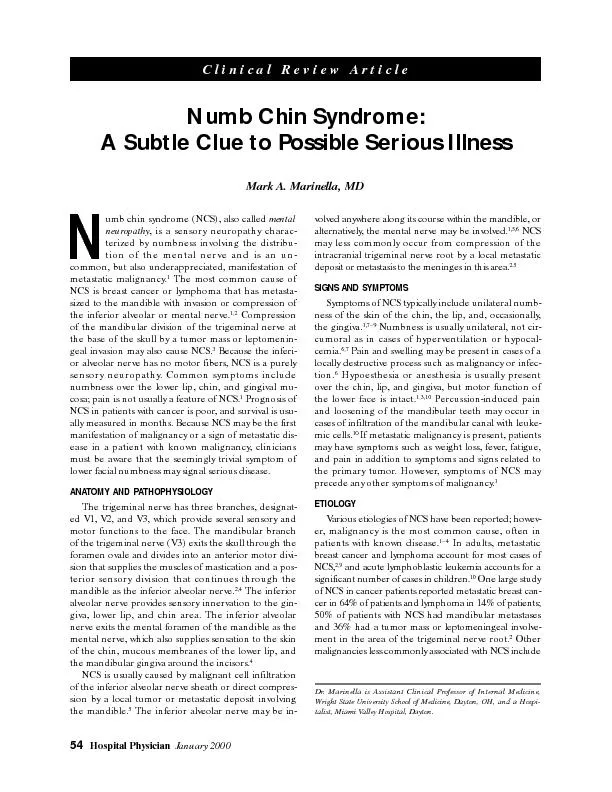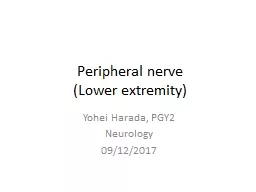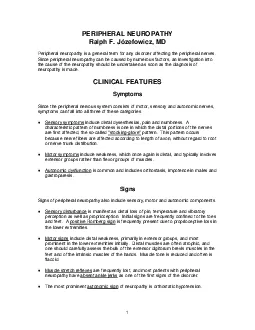PDF-suprascapular neuropathy electrophysiologic tests are usually perform
Author : elena | Published Date : 2022-09-02
Figure 1Infraspinatus damage due to suprascapular neuropathy The patient showed right shoulder abduction during face washing at the initial examination A and improvements
Presentation Embed Code
Download Presentation
Download Presentation The PPT/PDF document "suprascapular neuropathy electrophysiolo..." is the property of its rightful owner. Permission is granted to download and print the materials on this website for personal, non-commercial use only, and to display it on your personal computer provided you do not modify the materials and that you retain all copyright notices contained in the materials. By downloading content from our website, you accept the terms of this agreement.
suprascapular neuropathy electrophysiologic tests are usually perform: Transcript
Download Rules Of Document
"suprascapular neuropathy electrophysiologic tests are usually perform"The content belongs to its owner. You may download and print it for personal use, without modification, and keep all copyright notices. By downloading, you agree to these terms.
Related Documents

